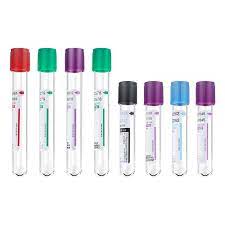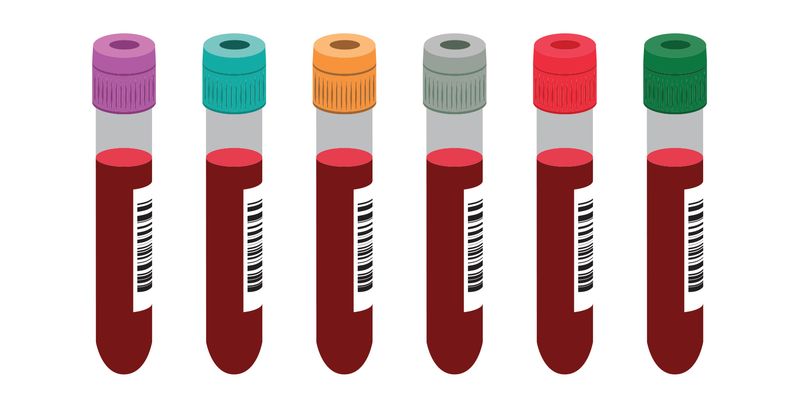In the dynamic landscape of medical consumables manufacturing, efficiency is a critical factor in ensuring competitiveness, profitability, and product quality. Blood collection tube filling lines play a pivotal role in the production process, as these tubes are essential components in various medical procedures, including blood tests, disease diagnosis, and research. Optimising the efficiency of blood collection tube filling lines is critical for maximising productivity and meeting the growing demand for medical consumables. In this comprehensive guide, we explore strategies and best practices for enhancing the efficiency of blood collection tube filling lines to drive operational excellence and achieve business success.
**Understanding Blood Collection Tube Filling Line Efficiency**
Efficiency in blood collection tube filling lines refers to producing a high volume of filled tubes with minimal waste, downtime, and resource utilisation. Achieving optimal efficiency requires a holistic approach encompassing various aspects of the production process, including equipment performance, process optimisation, and workforce productivity. By optimising efficiency, manufacturers can enhance throughput, reduce costs, and maintain product quality, ultimately driving business growth and customer satisfaction.
**Key Factors Influencing Efficiency**
1. *Equipment Performance*: The performance of blood collection tube filling line equipment is a crucial determinant of efficiency. Regular maintenance, calibration, and troubleshooting are essential to ensure that machines operate at their full capacity and consistently produce accurate results. Investing in modern, high-performance equipment with advanced features such as automated filling, precise dosing control, and real-time monitoring can further enhance efficiency and reliability.
2. *Process Optimisation*: Streamlining the blood collection tube filling process is essential for maximising efficiency. This includes optimising fill volume, tube alignment, and sealing parameters to minimise waste and improve throughput. Leveraging automation technology, such as robotics and sensors, can facilitate precise control and monitoring of process variables, leading to greater efficiency and consistency in production.
3. *Workflow Management*: Efficient workflow management is critical for coordinating production activities, allocating resources, and minimising downtime. Implementing lean manufacturing principles, such as just-in-time inventory management and workflow optimisation, can help streamline operations and reduce unnecessary delays or bottlenecks in the production process.
4. *Employee Training and Engagement*: Well-trained and engaged employees are essential for maintaining efficiency and productivity in blood collection tube filling lines. Providing comprehensive training programs, fostering a culture of continuous improvement, and empowering employees to identify and address inefficiencies can contribute to a more efficient and motivated workforce.
**Strategies for Optimising Efficiency**
1. *Implement Predictive Maintenance*: Proactively monitoring equipment performance and conducting predictive maintenance can help prevent unplanned downtime and optimise equipment reliability. Leveraging sensor data and predictive analytics, manufacturers can identify potential issues before they escalate into costly failures, ensuring uninterrupted production and maximising efficiency.
2. *Utilise Data Analytics*: Harnessing the power of data analytics can provide valuable insights into production performance, identify areas for improvement, and inform decision-making processes. By analysing key performance indicators (KPIs) such as fill rate, cycle time, and yield, manufacturers can optimise production parameters, improve efficiency, and drive continuous improvement initiatives.
3. *Optimise Production Scheduling*: Developing a robust production scheduling strategy is essential for balancing workload, maximising equipment utilisation, and minimising idle time. Implementing advanced scheduling algorithms and real-time monitoring systems can help optimise production schedules, prioritise orders, and reduce changeover times, improving overall efficiency and responsiveness to customer demands.
4. *Embrace Continuous Improvement*: Cultivating a culture of continuous improvement is fundamental to optimising efficiency in blood collection tube filling lines. Encouraging employees to participate in problem-solving, innovation, and process-active optimisation initiatives can lead to incremental gains in efficiency and foster a culture of excellence within the organisation.
**Conclusion**
In conclusion, optimising the efficiency of blood collection tube filling lines is essential for achieving operational excellence and driving business success in medical consumables manufacturing. Manufacturers can maximise throughput, reduce costs, and maintain product quality by focusing on equipment performance, process optimisation, workflow management, and employee engagement. Embracing advanced technologies such as predictive maintenance, data analytics, and automation can further enhance efficiency and competitiveness in the rapidly evolving healthcare industry. By implementing these strategies and best practices, manufacturers can position themselves for sustained growth, innovation, and customer satisfaction in the dynamic marketplace.
Blood collection tube line


